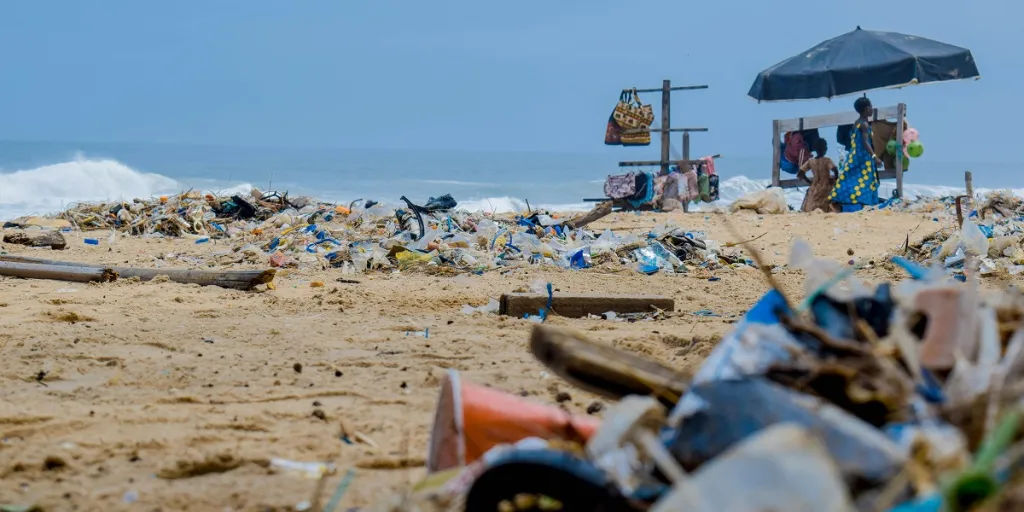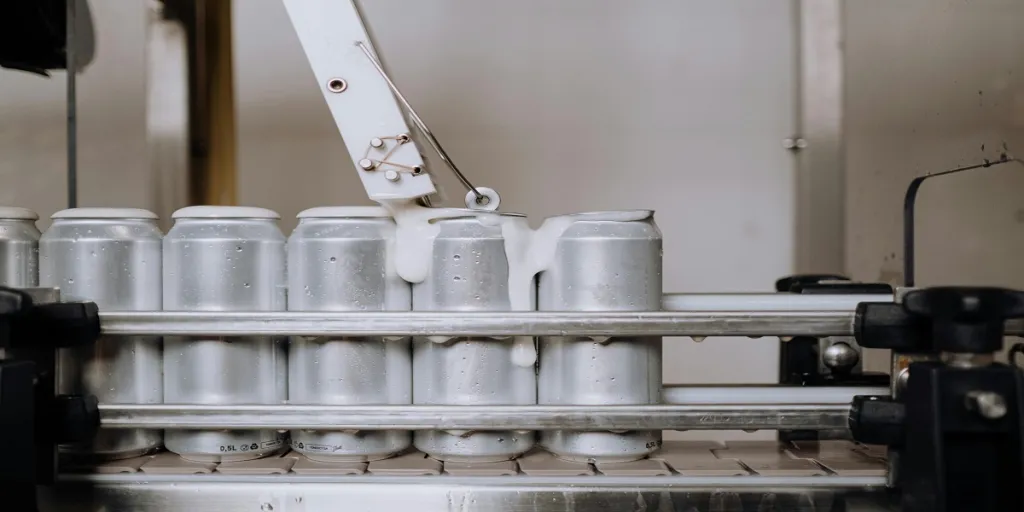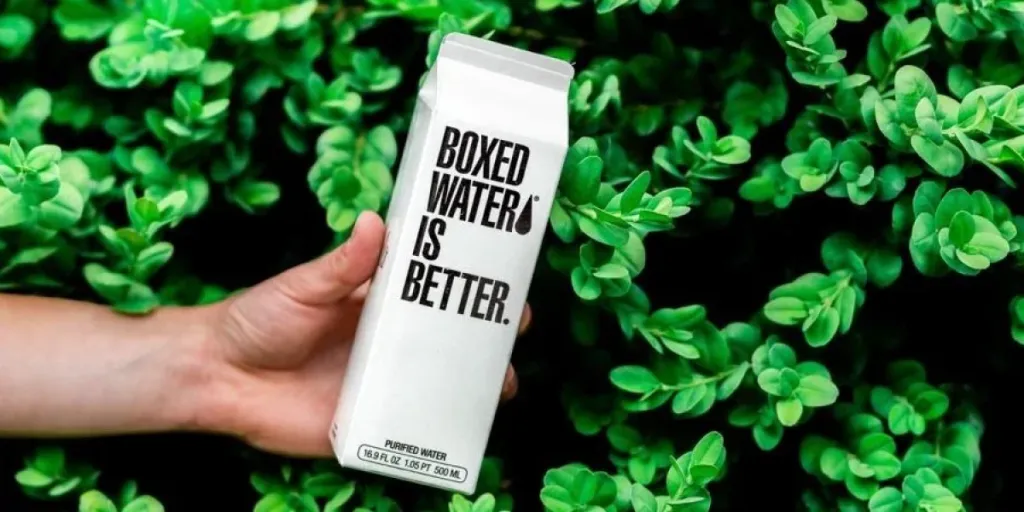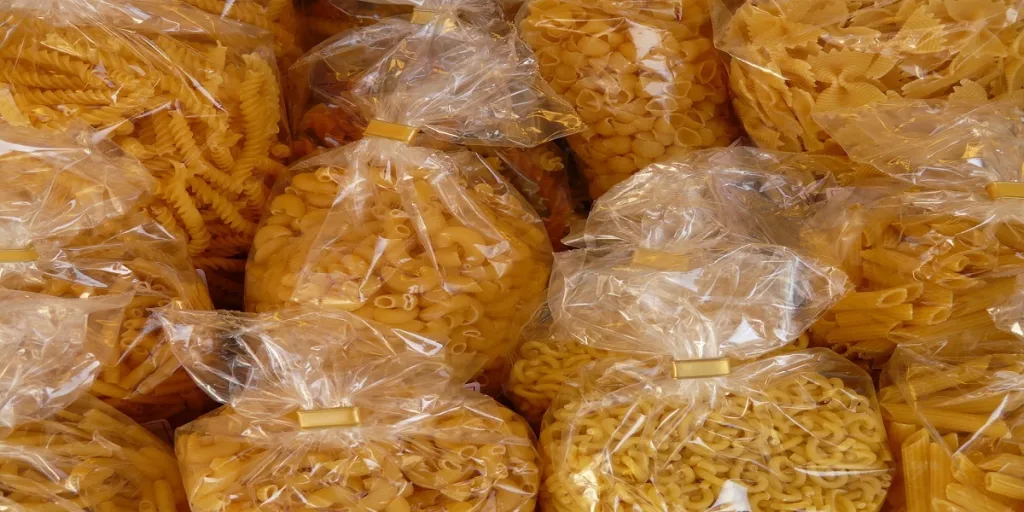With global awareness of packaging’s impact on the environment steadily rising, public and private agencies worldwide have taken a number of measures to curb this trend. The recently strengthened Packaging and Packaging Waste Regulation (PPWR) directive proposed by the European Commission (EC) stands as a prime example of these proactive efforts.
Read on to find out what the latest and most important updates of the PPWR are, and discover its top three potential impacts on the packaging industry.
Table of Contents
Overview of the latest PPWR updates
Potential impact of the latest PPWR regulation
Entering the new packaging era
Overview of the latest PPWR updates
1994 marked the birth of the PPWR in the European Union (EU), as a directive aimed to manage and reduce the environmental impact of packaging and waste throughout the EU. In November 2022, it underwent a significant revision to address the urgent need for harmonizing diverse regulatory practices across EU member states. This revision sought to promote circularity and eco-friendly packaging, focusing on the entire life cycle of packaging to reduce waste and enhance recyclability.
The regulation continued to evolve throughout 2023 and the European Parliament recently adopted its position on the PPWR in December 2023, a crucial step requiring collaboration between the European Parliament, the Council, and the European Commission before finalization and official adoption. The latest PPWR has seen significant revisions aimed at reducing packaging waste and bolstering safety measures, including setting ambitious targets for plastic packaging reduction (up to 20% by 2040) and general packaging waste.
Integral to this latest revision are binding reuse goals and restrictions on specific single-use packaging formats, in order to encourage higher standards in collection, sorting, and recycling processes. Additionally, the field of food packaging faces more stringent scrutiny with the proposed ban on ‘forever chemicals’ like PFAs and Bisphenol A (BPA) in food packaging.
On the front of recyclable and reusable packaging, new mandates and targets were also introduced, aiming for comprehensive coverage across all packaging materials and waste. This approach includes setting a 90% separate collection target for all packaging materials by 2029 and introducing secondary legislation that enforces strict recyclability criteria for all packaging.
With its significant updates and more aggressive approaches, the latest PPWR has sparked discussions and debates within the packaging industry and among policymakers. These discussions highlight the challenges and opportunities presented by the move towards a more sustainable and circular economy in packaging.
Potential impact of the latest PPWR regulation
Increase usage in alternatives for plastic packaging
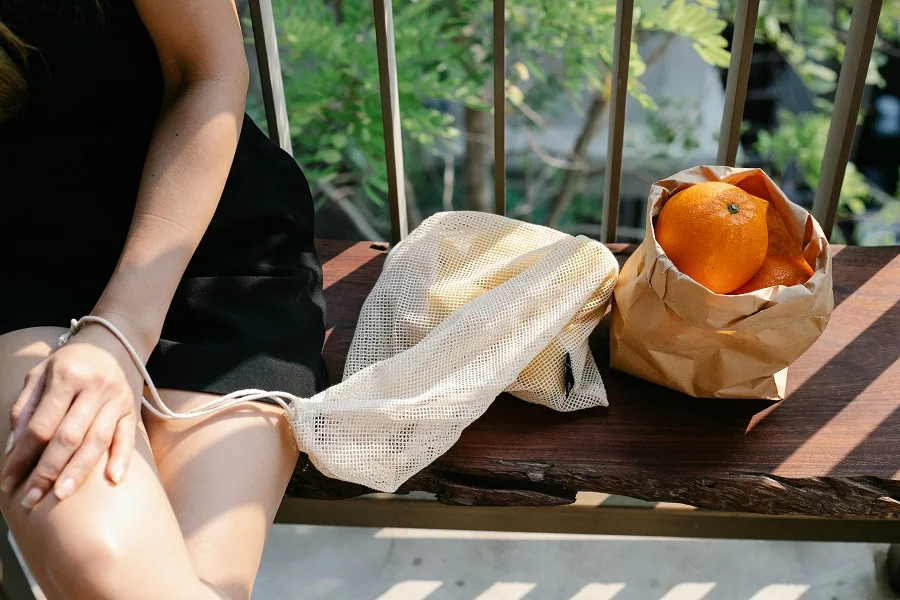
With the latest PPWR regulation setting drastic reduction targets for plastic packaging — aiming for a 10% reduction by 2030, 15% by 2035, and 20% by 2040 — it’s evident that alternatives to plastic packaging will become increasingly important in the coming years to stay aligned with this regulation.
The specific types of alternatives, naturally, largely depend on the most popular types of plastic packaging that need replacement. Plastic bags and bottles, for instance, are so prevalent in our daily lives that their staggering usage statistics accentuate the urgency for sustainable substitutes. In 2024, the world is projected to use a total of 5 trillion plastic bags, equating to around 9.5 million bags every minute!
These figures highlight the critical need for immediate action in replacing plastic bags with more environmentally friendly alternatives such as Kraft paper bags, which are not only known for their robustness but also offer an appealing natural aesthetic. Additionally, wax paper bags are highly valued for their water-resistant properties and efficacy in managing greasy or moist items, making them an ideal choice for a variety of food-related applications.

In fact, the trend of using paper bags as an alternative to plastic bags has gained momentum in recent years, particularly in the upscale design and luxury retail sectors. Coated paper bags often featuring glossy or matte finishes, for example, have become a staple in high-end retail environments. Euro tote paper bags, as illustrated above, are another preferred choice for most of the luxurious and prestigious products. These bags typically come with elegant handles made of rope or ribbon and are crafted for a premium, sturdy image, serving as a sophisticated packaging solution for high-end brands.
In addition to paper bags, other viable alternatives to plastic bags include cotton bags, canvas bags, and jute bags, encompassing both woven and nonwoven varieties. While these materials typically incur a higher initial cost, they offer long-term value due to their enhanced durability and design for prolonged use. Altogether, these eco-conscious options not only provide a sustainable solution but also cater to a range of applications.
Rigorous compliance in food packaging
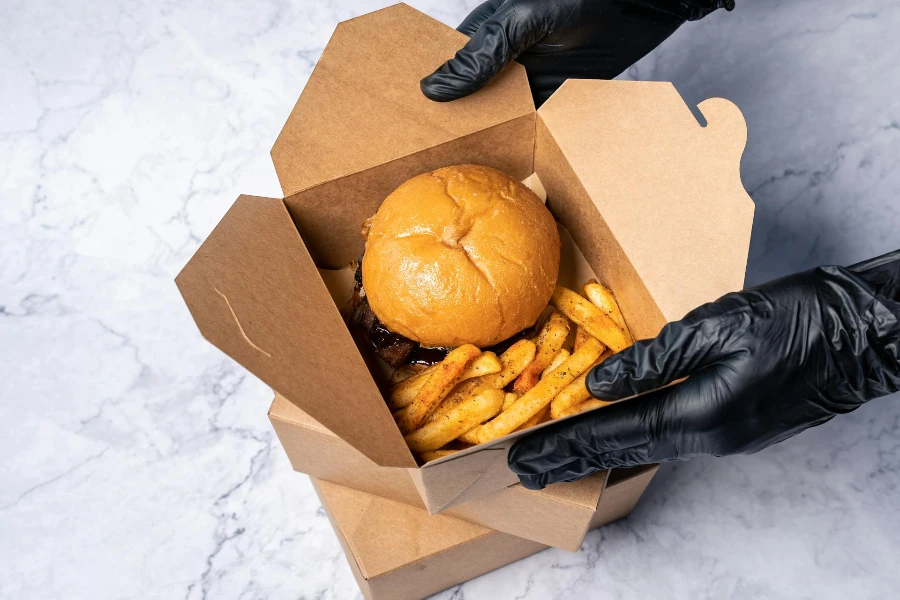
The updates to the PPWR which specifically ban harmful substances such as per- and polyfluorinated alkyl substances (PFAS) and Bisphenol A (BPA) from food contact packaging are aligned with existing concerns about food-grade packaging. In reality, PFAS, commonly known as ‘forever chemicals’ due to their prolonged environmental persistence and resistance to natural degradation, have long been recognized as significantly harmful by most food-grade packaging companies.
Simultaneously, BPA, notorious for its high likelihood of migrating from packaging into food and beverages, has been subject to comprehensive bans in specific applications, such as baby bottles, and has been completely prohibited in countries like France for all food packaging.
The focus of the PPWR on eliminating these harmful substances from food-grade packaging, while expected, is still poised to significantly impact food safety. This Europe-wide ban reinforces the growing trend towards BPA-free packaging for food, already prevalent in the market.
Although essential for healthier practices, the transition towards BPA-free and PFAS-free packaging for food might lead to increased costs due to the use of natural materials like bamboo or sugarcane pulp, as illustrated in the picture below. However, as time progresses, the initially high costs of eco-friendly alternatives are likely to decrease due to increasing demand and advancements in production techniques that drive down expenses.
This reduction in costs could make these sustainable options more widely accessible, potentially balancing out the initial increase in food packaging and delivery expenses.
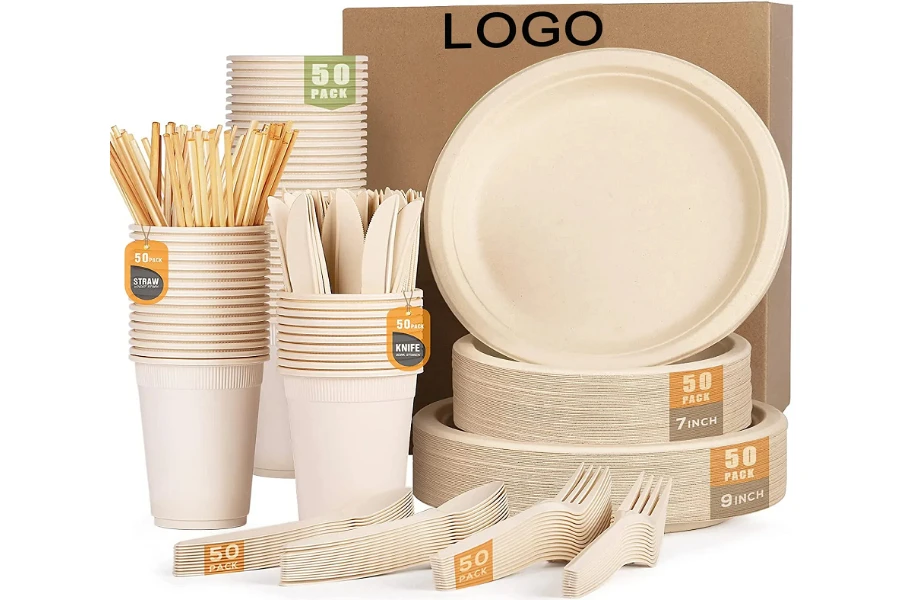
Transformative changes in single-use packaging and packaging disposal
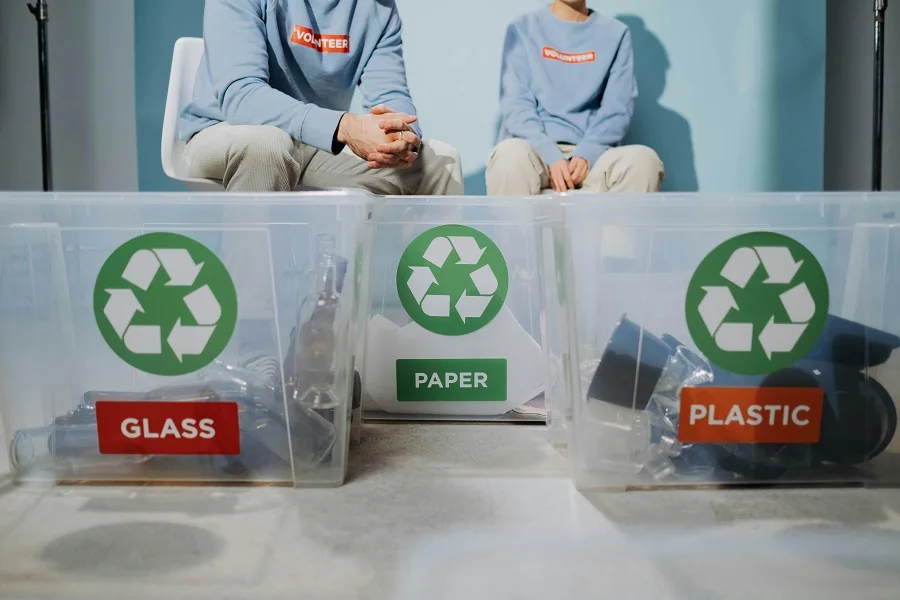
The latest PPWR proposal has set ambitious targets for single-use packaging reduction, alongside binding reuse goals. Such a proposal once again highlights the crucial role the PPWR plays in transitioning towards more sustainable packaging practices and imposing a great impact on packaging waste disposal.
Emphasizing high-standard collection, sorting, and recycling processes, the proposed PPWR aims to achieve a 90% separate collection target for all packaging materials by 2029, less than 5 years from now. This essentially translates to stringent recyclability criteria across all forms of packaging, in order to ensure that every item is appropriately processed for reuse or recycling.
In terms of single-use packaging, plastic bottles are a significant concern aside from plastic bags in view of their high usage rates. Multiple recent reports reveal that over 1 million plastic bottles are consumed every minute around the world, underscoring the critical need for more sustainable alternatives. Consequently, promoting the use of recycled bags, recyclable bottles, and biodegradable materials is vital to be in sync with the PPWR proposal’s objectives.
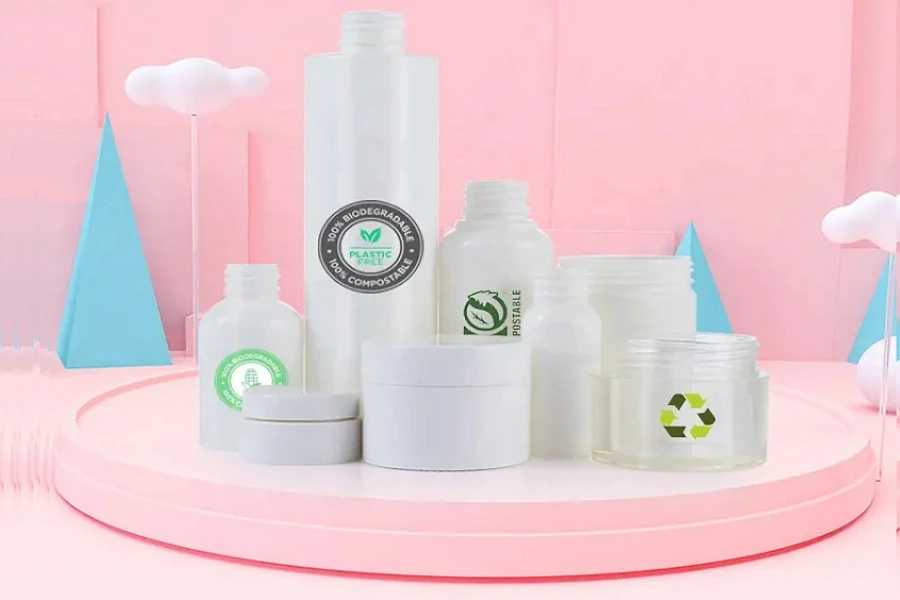
Overall, as illustrated by the images above and the ones that follow below, bottles made of 100% compostable, biodegradable bags or any biodegradable packaging serve as the alternatives that align with the reuse targets of the PPWR and also contribute to a broader effort in mitigating the impact of single-use packaging on our planet.
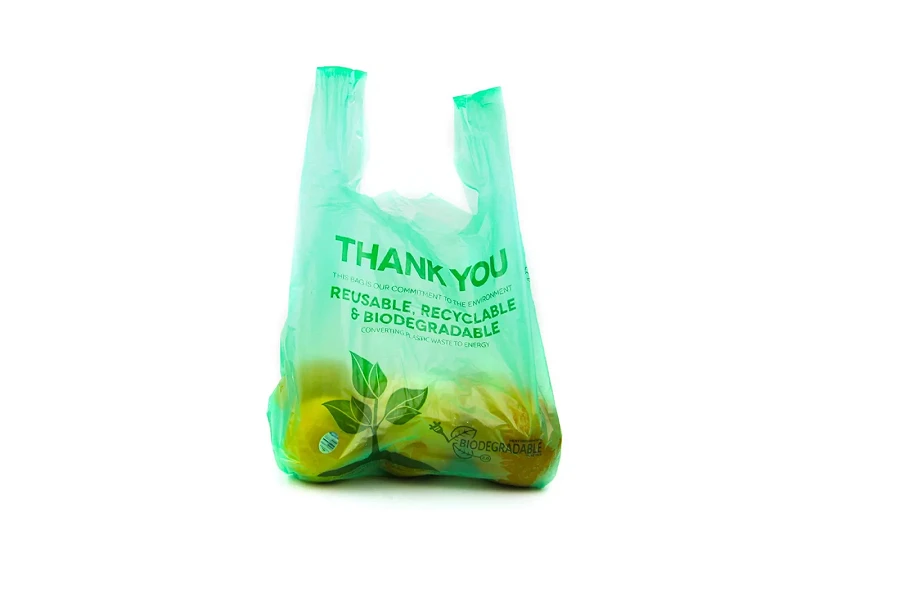
Entering the new packaging era
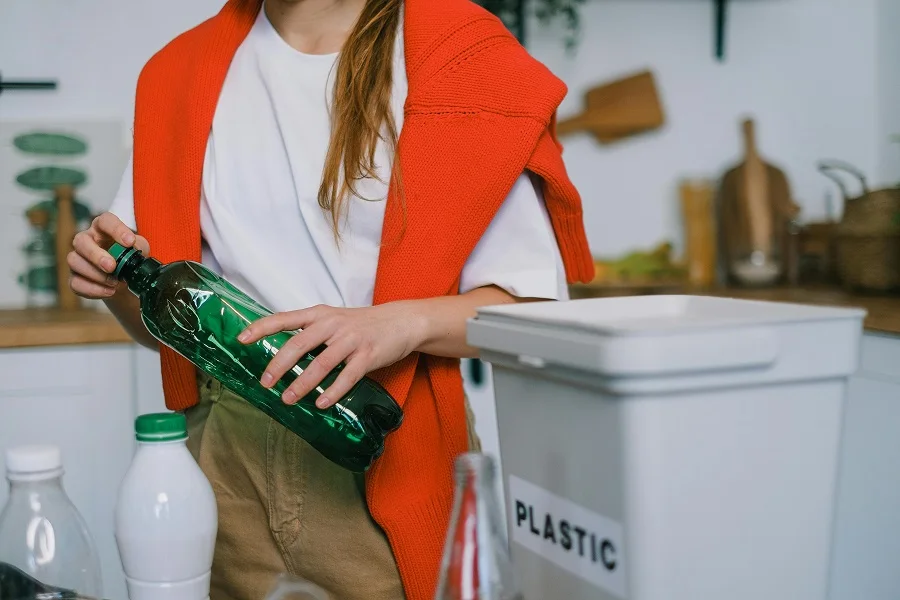
The PPWR’s 2023 update marks a significant shift in packaging standards and practices, not only for European nations but also for anyone who’s exporting goods with packaging into the EU zone. This latest revision establishes stringent targets for reducing plastic packaging, enforces stricter criteria for recyclable and reusable packaging, and emphasizes the elimination of harmful chemicals in food packaging. Aiming for a 90% separate collection target for all materials by 2029, this update essentially is heralding a transformative era in packaging.
This change in legislation is poised to heavily impact the packaging industry, propelling a move away from plastic packaging especially plastic bags, favoring alternatives like paper and cotton bags. The widespread adoption of BPA-free and PFAS-free food packaging, although potentially more costly, aligns with a more health-conscious approach. Additionally, the regulation encourages packaging waste reduction, especially those in single-use packaging, placing greater emphasis on recycling and reusing materials. Such a shift towards sustainability is indeed ushering in a whole new era for packaging which businesses and wholesalers must learn to adapt and embrace.
For further insights into how these developments are reshaping the packaging industry, visit Alibaba Reads to stay informed with the latest ideas, industry trends, and business updates in this rapidly evolving field.
